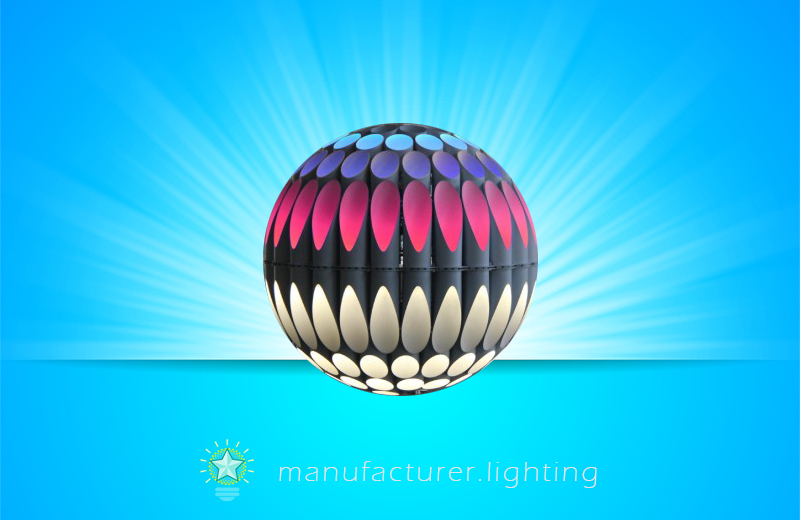
Landscape lighting provides aesthetic enhancement and improved safety in outdoor environment. Light may enhance the intrinsic charm, beauty, and utility of many settings. Color enhancement of trees, planting beds, buildings, riversides, signage, driveways, sidewalks, landscaped paths, and the like may be desired for its aesthetically attractive decorative effects and visual interest, and furthermore for seasonal adornment. Landscape lighting consists of hardscape and softscape lighting. Hardscape lighting is associated with architectural features such as commercial buildings, bridges, monuments, fountains, water features, outdoor structures, sculptures, walls, and vertical displays. Softscape lighting describes the lighting used for plantings such as trees, shrubs, and other plants which landscape a building or area. A variety of lighting techniques are utilized to create a decorative landscape lighting design to the landscape theme. Landscapes are frequently illuminated by architectural lighting fixtures through facade lighting, coloring, outlining (contouring), spotlighting, silhouetting, or any applicable combination of these techniques. Facades and structure lighting serves many purposes in hardscape including prestige, safety, symbolism, and recognition. In many instances, the lighting fixture employed to achieve these objectives is a directional flood light. Some of the more popular techniques utilized to develop an overall lighting design include up lighting, moon lighting, cross lighting, mirror lighting, wall washing, step lighting, grazing, silhouetting, backlighting, shadowing, path lighting, down lighting, and reflected lighting. Whatever the application, distinctive, well-designed lighting can be one of the most advantageous ways to attract attention. Whenever emphasis is placed on nighttime activities such as recreation, shopping, and traveling, structure lighting offers a ready opportunity to create architectural impressions. Outdoor luminaires using light emitting diodes (LEDs) provide many advantages over traditional light sources, such as fluorescent lamps and incandescent bulbs in landscape lighting. These advantages include high energy conversion, optical performance, robustness, lower operating costs, small size and others. The landscape lighting market is dominated by multi-color LED lights comprised of red, green, blue, white, or amber LEDs (RGBW or RGBA) for spotlighting, floodlighting, and wall washing.
